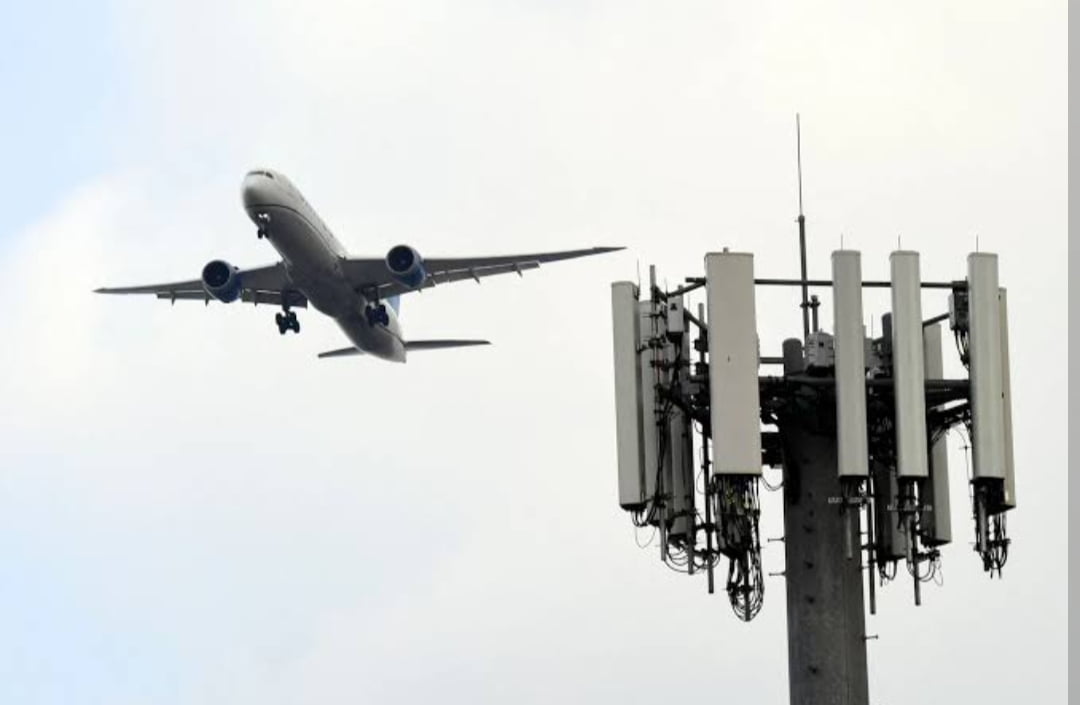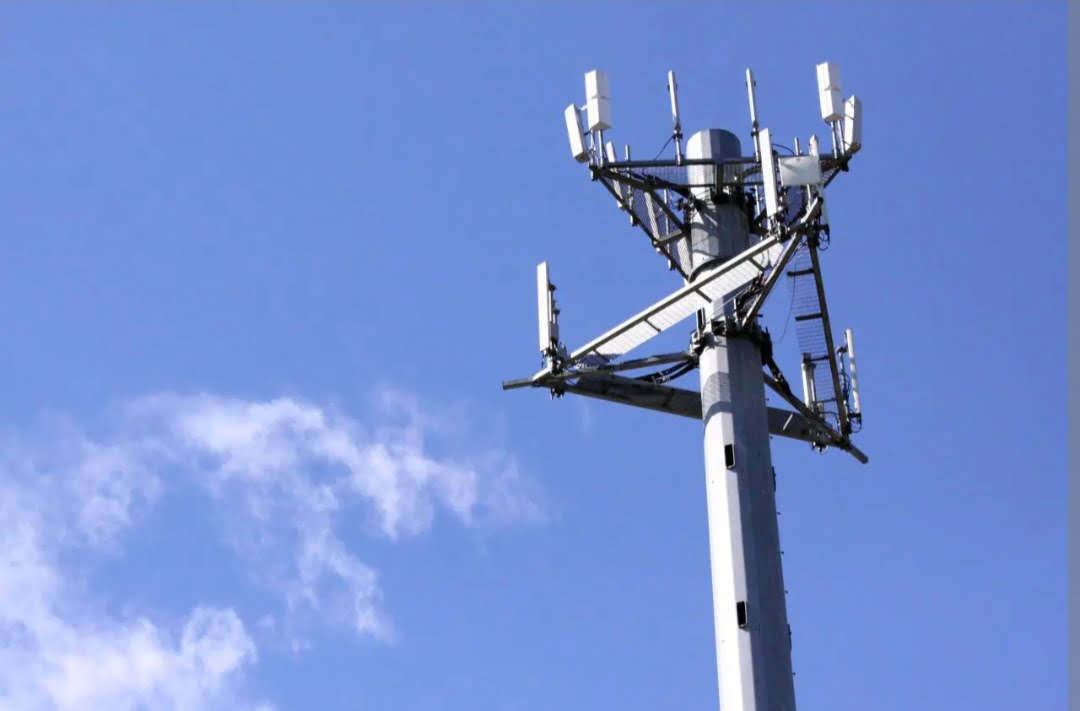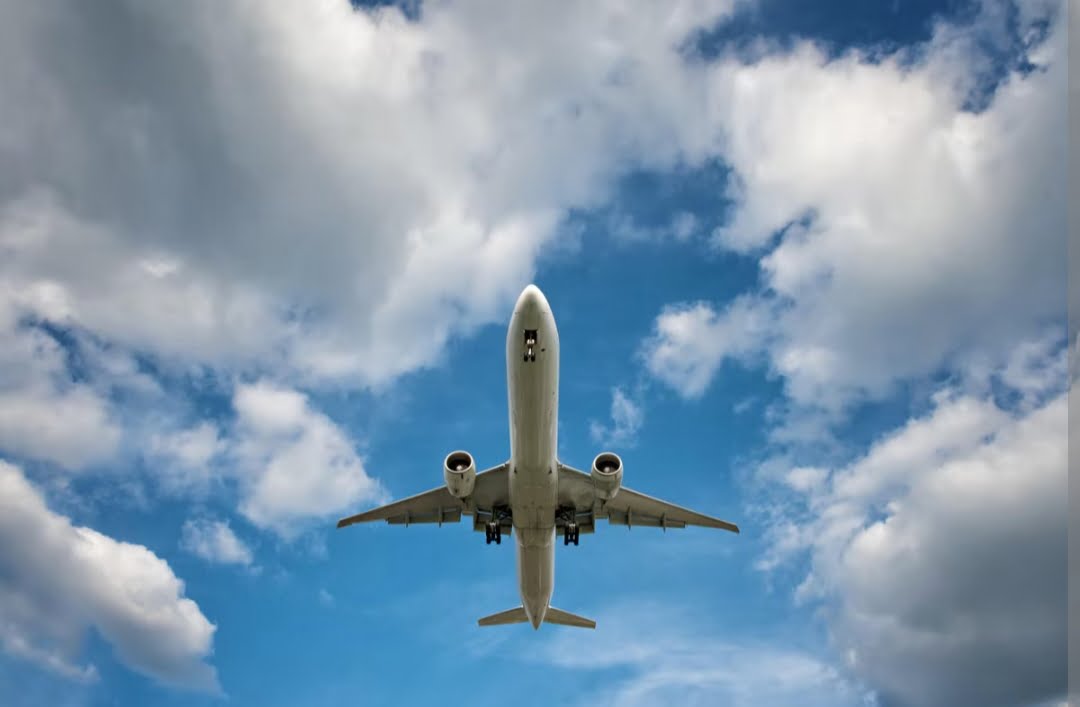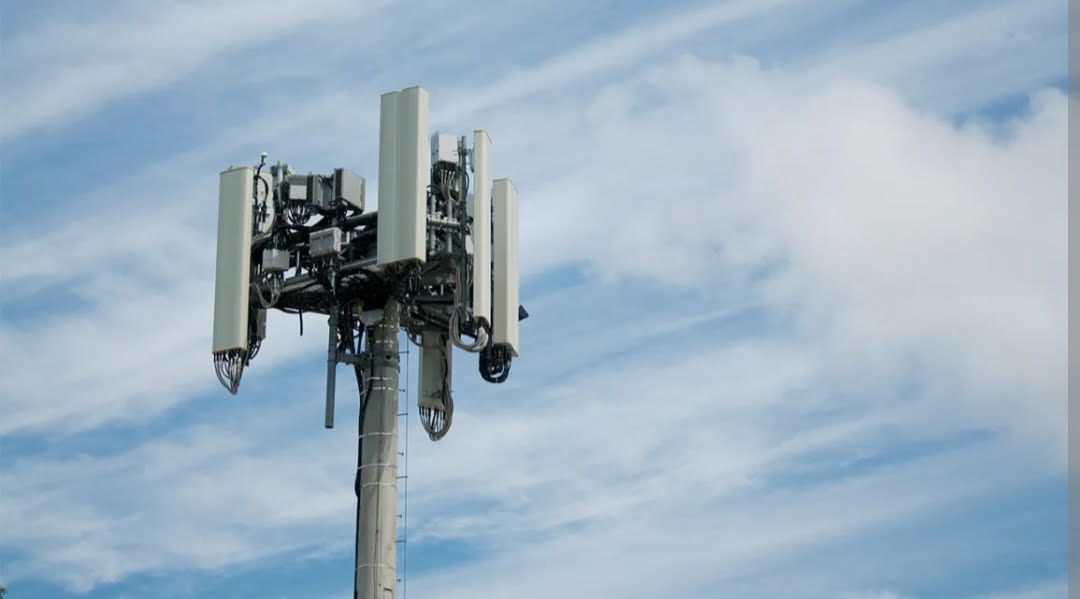
Is 5G Dangerous For Airplanes?
Aviation industry stakeholders and the Federal Aviation Administration (FAA) argued throughout 2021 that the new C-band spectrum sat on frequencies that were dangerously close to radar altimeters.
To address concerns and study potential impacts on aircraft, the carriers agreed to delay the December 2021 rollout until January 5. The White House intervened as soon as the FAA started pushing for an extension so that all parties could quickly agree.
No ‘Catastrophic Disruptions’
Although airline executives warned of ‘catastrophic disruptions,’ the deployment of the new C-band spectrum moved forward without incident. It is worth noting that most disruptions mainly occurred due to self-inflicted injuries.
Many foreign carriers have canceled flights to U.S. airports, including Japan Airlines and Air India. The aviation industry appears to have dealt with the introduction of the 5G frequencies without incident.

Although the agreed-upon exclusion zones around airports did mitigate some issues, aviation officials raised alarms and demanded more delays despite the proposed zones.
Rather than being a significant problem, officials quietly realized after the C-band rollout turned out to be a non-event that perhaps it wasn’t as bad as they had assumed.
5G And Radar Altimeters
FCC claims its tests have shown the C-band spectrum, operating at 3.7–3.98GHz is far enough away from the 4.2–4.4GHz radar altimeter spectrum. According to FCC experts, this 0.22GHz (220MHz) gaps should allow interference-free operation.
A 2020 paper by the Radio Technical Commission for Aeronautics (RTCA), a technical standards organization representing the air transport industry, contradicted the FAA’s assertion.
5G telecommunications in the C-band spectrum might cause radar altimeters to experience harmful interference due to spurious emissions and ‘bandwidth pollution.’

However, the study acknowledged that the frequencies are far enough apart to prevent problems. Still, it was also clear from the study that increased 5G usage could result in a concentration of signals strong enough to ‘bleed through’ into neighboring frequency bands, much as light pollution occurs near large cities.
When pilots rely on accuracy for landings in challenging weather, such interference could result in inaccurate radar altimeters on most commercial aircraft.
Due to this reason, the FAA’s list of 5G-exempt airports includes many smaller fields prone to heavy fog or low visibility for prolonged periods.
Pilots Reporting Concerns
It is believed that some pilots have experienced problems with radar altimeters after the 5G rollout after experiencing issues associated with C-band frequencies.
No serious safety issues have been reported publicly. The deployment of the new C-band spectrum on January 19 caused significant increases in complaints about altimeter problems, according to a recent report by IEEE Spectrum.
Of course, the 5G controversy has brought a certain level of hyper-awareness among aircraft crews. Even so, there have been some reports suggesting that there is a connection between the two.
NASA’s Aviation Safety Reporting System (ASRS) reports that multiple flights over Tennessee experienced altimeter errors shortly after the C-band deployment began, making the altitude ‘impossible to maintain.’
Ground control had fire trucks ready for one airliner upon landing after it lost its autopilot. In February, erratic low-altitude warnings were reported by a passenger airline landing at Louis Armstrong International Airport in New Orleans.
Even though these did not directly threaten safety, the pilot noted that they could prove very distracting in a challenging environment, such as low visibility or icing conditions.
At Los Angeles International Airport, a commercial jet experienced an ‘aggressive’ descent just 100 feet above the ground in March, which could have resulted in a crash if the pilot had not taken manual control of the aircraft.
Many in the aviation industry are concerned about the increasing frequency of such reports. In an analysis of information submitted to the ASRS database, IEEE Spectrum found that ‘complaints regarding malfunctioning and failing radar altimeters skyrocketed after introduced high-speed 5G wireless networks earlier this year.’

Ninety-three reports were filed regarding radar altimeter issues between January and May this year. Almost twice as many received complaints in January for malfunctioning altimeters as had been reported in the previous five years combined.
5G interference was often cited as the cause of the report-making by aircrew members. In one flight after the new 5G frequencies went live, the speed brakes of a plane unexpectedly activated before touchdown.
As a captain of Boeing planes for over 18,000 hours, the pilot wrote, ‘I have never seen the auto speed brakes deploy uncommanded before ground contact.’ He also stated, ‘While I operate in the 5G environment, I do not intend to be the first person to land using 5G’.
Nevertheless, some experts believe that the hype surrounding the risks associated with the new 5G spectrum might skew perceptions among cockpit workers.
Professor Chris Rudell at the University of Washington suggested that at least some pilots may misinterpret what they’re experiencing. 5G rollouts are more likely to cause instrument failures, even when there isn’t any obvious link.
Additionally, the FAA’s online reporting form for radio-altimeter anomalies has been added since the rollout of the new C-band, encouraging pilots to report incidents they might have overlooked.
So far, the FAA has investigated about half of the 550 submissions it’s received since January. According to the agency, a total of 80 reported incidents could not be ruled out due to 5G interference.
Despite this, the report noted that none of those incidents linked to 5G negatively affected aircraft safety systems.
The Light At The End Of The Tunnel
Because more substantial frequency concentrations cause bandwidth pollution, officials shouldn’t assume that things will continue going smoothly merely because everything appears to be going well.
There may be a critical threshold of 5G signals in certain areas due to the increasing number of 5G devices, the addition of more C-band towers, and the use of 5G in those frequencies.
Despite this, researchers and regulators continue to move forward. NTIA advises the President on information and telecommunications policy issues and has collaborated with the Defence Department, mobile carriers, and the aviation industry to continue studying how the new 5G frequencies will impact the country.

There appears to be some promise in the results, showing that while airline equipment remains potentially vulnerable to 5G interference, mitigation measures have been put in place to mitigate the risk.
A few examples include carriers using lower power levels and exclusion zones and FAA-mandated radio frequency filter patches for interference-prone altimeters.
Aside from this, AT&T and Verizon agreed to continue voluntary mitigation measures until 2023. A report by the NTIA notes that radar altimeters produce a relatively low amount of unwanted 5G emissions, so the information doesn’t claim aircraft instruments are immune to interference from 5G.
It only confirms the success of preventive measures taken by mobile network operators and the aviation industry.
The Ultra Wideband network from Verizon and AT&T’s 5G Plus network isn’t expected to appear at significant airports anytime soon.
The FAA must give the carriers the green light to proceed with the five tiers of 5G services, which will only happen once all impacted radar altimeters have been patched or replaced.
A radio-altimeter manufacturer has developed and tested filters and installation kits for these aircraft at an unprecedented pace that can install in a few hours at aircraft maintenance facilities.
After the work has been completed, it is expected that wireless companies will have full access to urban areas without restrictions by next July.
edited and proofread by nikita sharma






